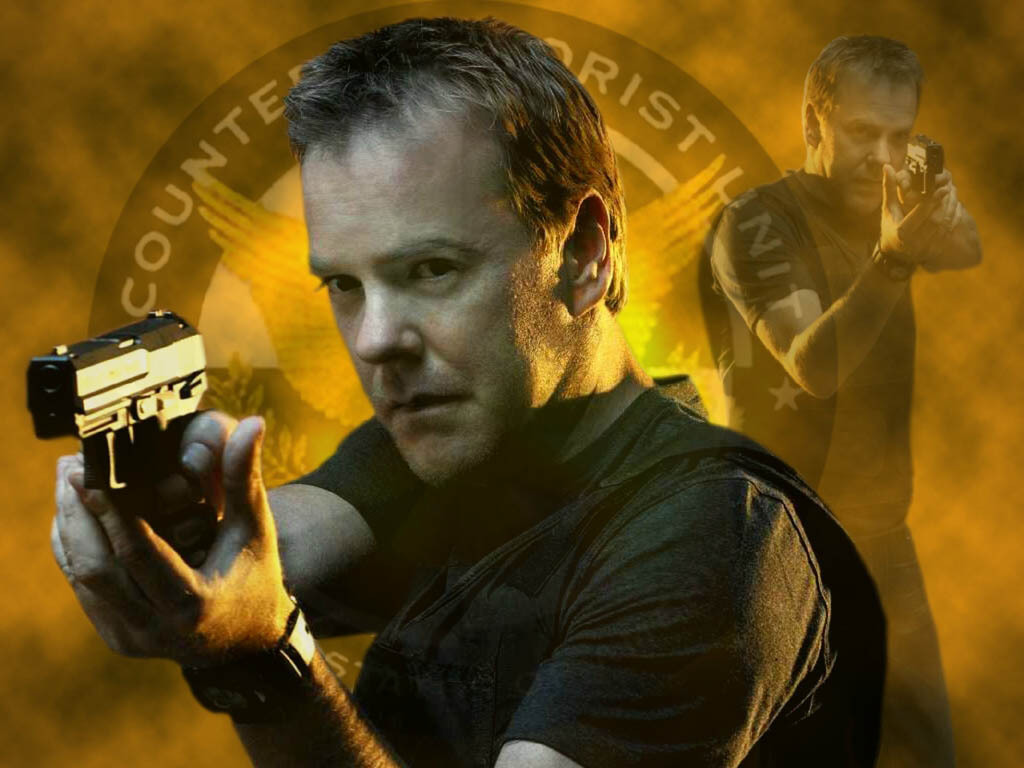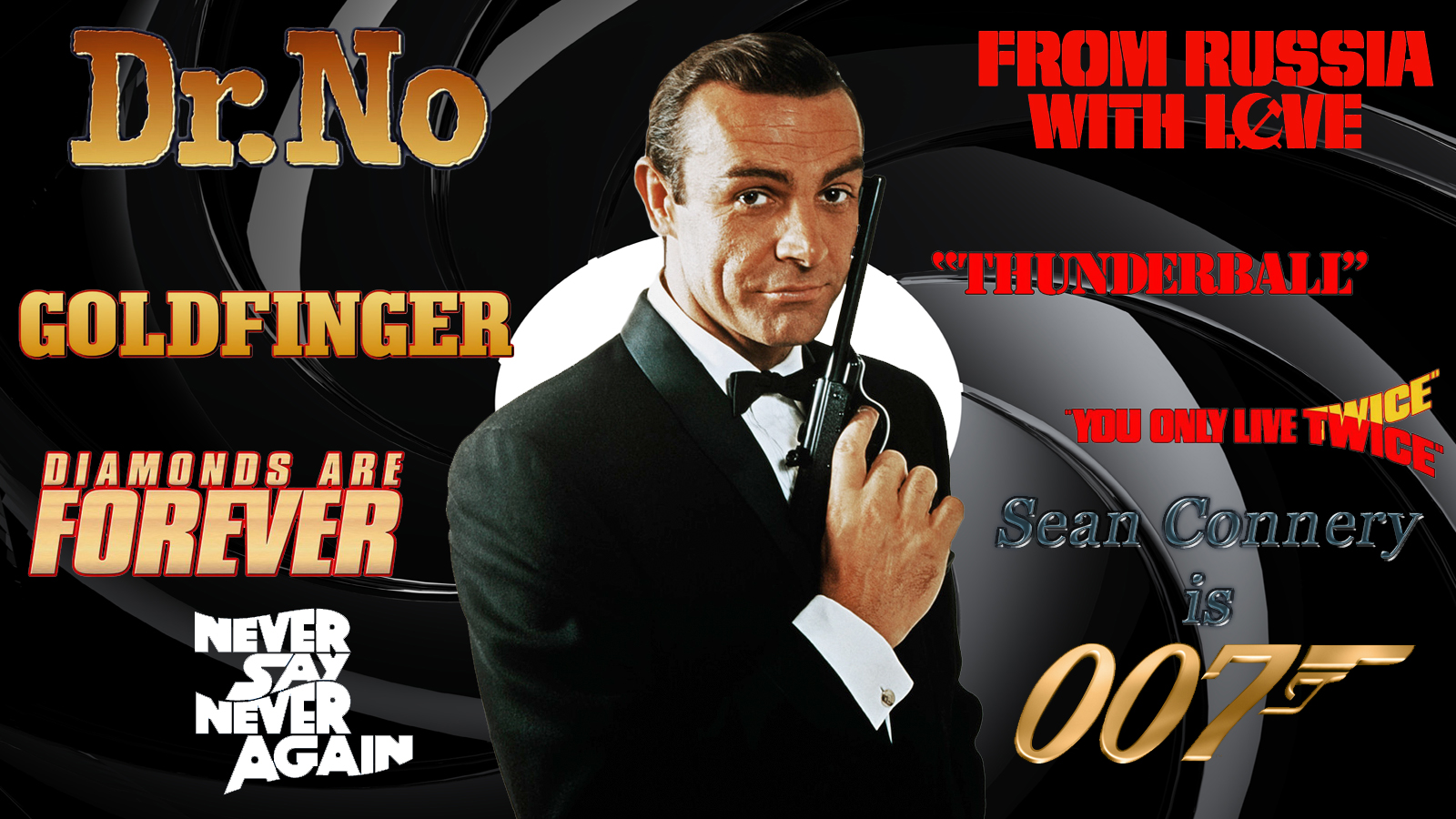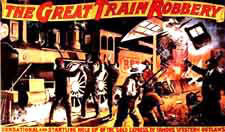Rachel Green is a protagonist in the world famous tv drama “Friends,” known for her stunning looks, vanity and ‘work ethic,’ she is probably one of tv’s most typical female stereotyped characters. Her personality evolves and transforms during the series from a spoiled narcissist, who relies on her father’s wealth to get her through life, to a less self-centred and more likeable character. She grows from a suburban girl-
-who dreams of being the wife of a doctor and spending her time shopping, to that of a single mother with a career. This is very stereotypical as she is a character who has life very easy and ‘everything is going her way,’ she doesn’t have to work she has fantastic looks and she is married within the first episode. Rachel's focus on vanity comes at the expense of domestic skills or common knowledge. After she had worked at Central Perk for two and a half years Gunther forces Rachel to retrain, because she does not know the essentials of work, such as where to stack trays. On the other hand the stereotype is broken as she turns into a working class, independent woman who has to start a whole new life in the real world. This is much closer and more relatable to the people who view the show.
Michonne
Michonne is a fictional character in the
famous series “The Walking Dead” She has a predominant role in season 3 and
becomes a major force within the group and as a character, becoming the main
female protagonist and Rick's right-hand woman. She breaks the stereotype of
weak and needy women in this action drama, tv thriller. Michonne is one
stereotypical lead as she is a woman and black. She exceeds her potential and
in my opinion one of the best tacticians in the series. She is
uncharacteristically physically and mentally strong as spent the first two
series on her own defending and surviving. She is seen as an outsider of the
strong links of camaraderie already between the groups.
 Michonne tends to work alone and quietly and keeps
much of her past secret, even towards Andrea who is her closest companion, but
still fights for the survivors defence. said that she "trusts her
gut" when it comes to other survivors. After the loss of her boyfriend,
she suffered from hallucinations in which she would talk to him, this shows
that she is not the strong woman she shows on the outside she does have
glimpses of the stereotypical emotional side of women. It was revealed that she
likes art and/or sculptures as she looted a cat sculpture and claimed that was
"too damn gorgeous" to leave behind. This could display a bit about
her background, the fact that she looted could lead characters to think she did
have a criminal history, which would link in with the harsh stereotype of ‘African
American people as criminals,’ which of course is a horrendous accusation. Her dress
sense is almost military like as she wears combat pants with boots suggesting
she could have some military training moreover this would link in with her
impressive display of strength and here ability to wield a katana. She doesn’t
have much dialogue as her facial expressions speaks for her, this is commonly a
close up or even an extreme close up used.
The emotion and love she used to have was lost but as time goes on she
regains her emotions as she interacts more mostly with Rick and Carl and
becomes more caring and now is accepted as a member by the whole group. Michonne
appeared to have an aversion to babies, as she refuses to hold Judith (Lories
baby) until Beth forced her to, she shed tears; this could be displaying how
her unstereotypical hard front has been weakened by the commemoration of a
babies touch. She is always found thick within the action, this displays that
she never shies away, she works for the group to gain their respect and
actually attains a higher rank in the metaphoric hierarchy than any of the
other women and most men.
Michonne tends to work alone and quietly and keeps
much of her past secret, even towards Andrea who is her closest companion, but
still fights for the survivors defence. said that she "trusts her
gut" when it comes to other survivors. After the loss of her boyfriend,
she suffered from hallucinations in which she would talk to him, this shows
that she is not the strong woman she shows on the outside she does have
glimpses of the stereotypical emotional side of women. It was revealed that she
likes art and/or sculptures as she looted a cat sculpture and claimed that was
"too damn gorgeous" to leave behind. This could display a bit about
her background, the fact that she looted could lead characters to think she did
have a criminal history, which would link in with the harsh stereotype of ‘African
American people as criminals,’ which of course is a horrendous accusation. Her dress
sense is almost military like as she wears combat pants with boots suggesting
she could have some military training moreover this would link in with her
impressive display of strength and here ability to wield a katana. She doesn’t
have much dialogue as her facial expressions speaks for her, this is commonly a
close up or even an extreme close up used.
The emotion and love she used to have was lost but as time goes on she
regains her emotions as she interacts more mostly with Rick and Carl and
becomes more caring and now is accepted as a member by the whole group. Michonne
appeared to have an aversion to babies, as she refuses to hold Judith (Lories
baby) until Beth forced her to, she shed tears; this could be displaying how
her unstereotypical hard front has been weakened by the commemoration of a
babies touch. She is always found thick within the action, this displays that
she never shies away, she works for the group to gain their respect and
actually attains a higher rank in the metaphoric hierarchy than any of the
other women and most men.
Jack Bauer
Jack Bauer is a fictional character and the lead protagonist of the Fox series 24.
Jack Bauer (Kiefer Sutherland) is a typical male action hero. He is dedicated as a agent for the Counter Terrorist Unit which in turn causes the loss of things he holds most dear. In striving for a normal life with his family, like most government agents do, Jack is finding it difficult to keep his personal life out of the work place. He is a stereotypical relatable rogue secret agent that is frequently seen in TV dramas and spy thrillers. He is a patriot and would do anything for his country but only one thing comes before the country his family. He works a unforgiving merciless government agency which sees Jack as their elite agent. Bauer tends to take matters in to his own hands usually going against strict orders and taboo laws. Bauer's job usually involves preventing major terrorist attacks on the United States, saving civilian lives and key politicians; to do this Bauer has to have ease of movement in his clothing, he typically wears combat and lightweight materials sometimes accompanied by a bullet proof vest. Bauer wears these clothes as it means he can move and chase antagonists without the added weight of heavy clothing. Jack never wears colorful clothing, which may display his character, as he is a very serious man however it could just be a camouflage. “24” is set in California; one of the highest criminal areas in the USA, Jack it is fitting that all of the terrorist action occurs there where Bauer is nearby. Jack being the main protagonist opens the TV drama with a repeated phrase “I’m Jack Bauer and this is the longest day of my life!” The show uses a voiceover, which of course is taken from jack’s point of view. This is non-diegetic sound, which usually is impersonal, is spoken in first person it gives the viewers and insight to Jacks thoughts and tactics. Jack as the protagonist always addresses people with respect and this can sometimes affect his judgment on people. He is a calm man however when he wants something done he will not hesitate to shout (diegetic) and strike fear into his victims. Jack is extremely devoted to both family and country we see his determination in numerous close-ups and sometimes extreme-close-ups; jack is heavily involved in most tracking shots and action montages where Bauer prevails as a stereotypical action protagonist would.
Tom Branson
Once an Irish republican, Tom Branson became a chauffeur at the Uppercases Mansion Downton Abbey, he escaped from Ireland as a rebel. Tom Branson arrived at Downton and immediately becomes curious about Lord Grantham’s youngest daughter, Lady Sybil. Branson come from a middle class family and did not fit the stereotype of a rich Lord living in ‘old’ England such as Lord Grantham. Luckily he manages to persuade Carlson and Lord Grantham that he can work as a chauffeur where he thought he belonged. Tom takes up the stereotypical occupation of a working class man looked down on by the upper class. He would never have dreamed that he would be transformed and almost converted into a ‘Lord.’ He used to despise the people he know calls family as he once believed in the ideology of change and futurism. As a porter he wore a uniform displaying his class and occupation and most of all outlining the difference between him and the owners of the Abbey. Tom falls in-love with Lady Sybil much to lord Grantham’s disagreement that his daughter would not marry pre rich man. Tom wears a uniform for most of the first and second series, which again shows the difference from the people upstairs and downstairs. By the third series where his love for Sybil is true and proved he gains the right to come upstairs after forming great bonds with Lady Grantham and Mary.
We see a large transformation in
the stereotype of Branson as he adjusts from a small town Irish republican to an English Aristocrat. This is now where the clothing, language and dialect and location are all changed as he now wears tuxedos on suits to conform with the dress code and sine he has been approved of he now sleeps in lady Sybil’s room instead of his own. Tom is also allowed to eat upstairs and have proper food unlike the monotonous amounts of stew he was served downstairs. Despite his upgrading tom still manages to have a strong link with the downstairs group especially with Mrs Patmore and Mrs Hughes. This large breakdown of his stereotype of a working class man and the transformation into a new stereotype effects the whole scheme of the show as he now gains more and more dialogue and screen time which include some intimate scenes; the viewers now see him as part of the family and not an outcast. Once a small part and in some opinions a part time character is now a leading protagonist and my favourite character in Downton Abbey.




















